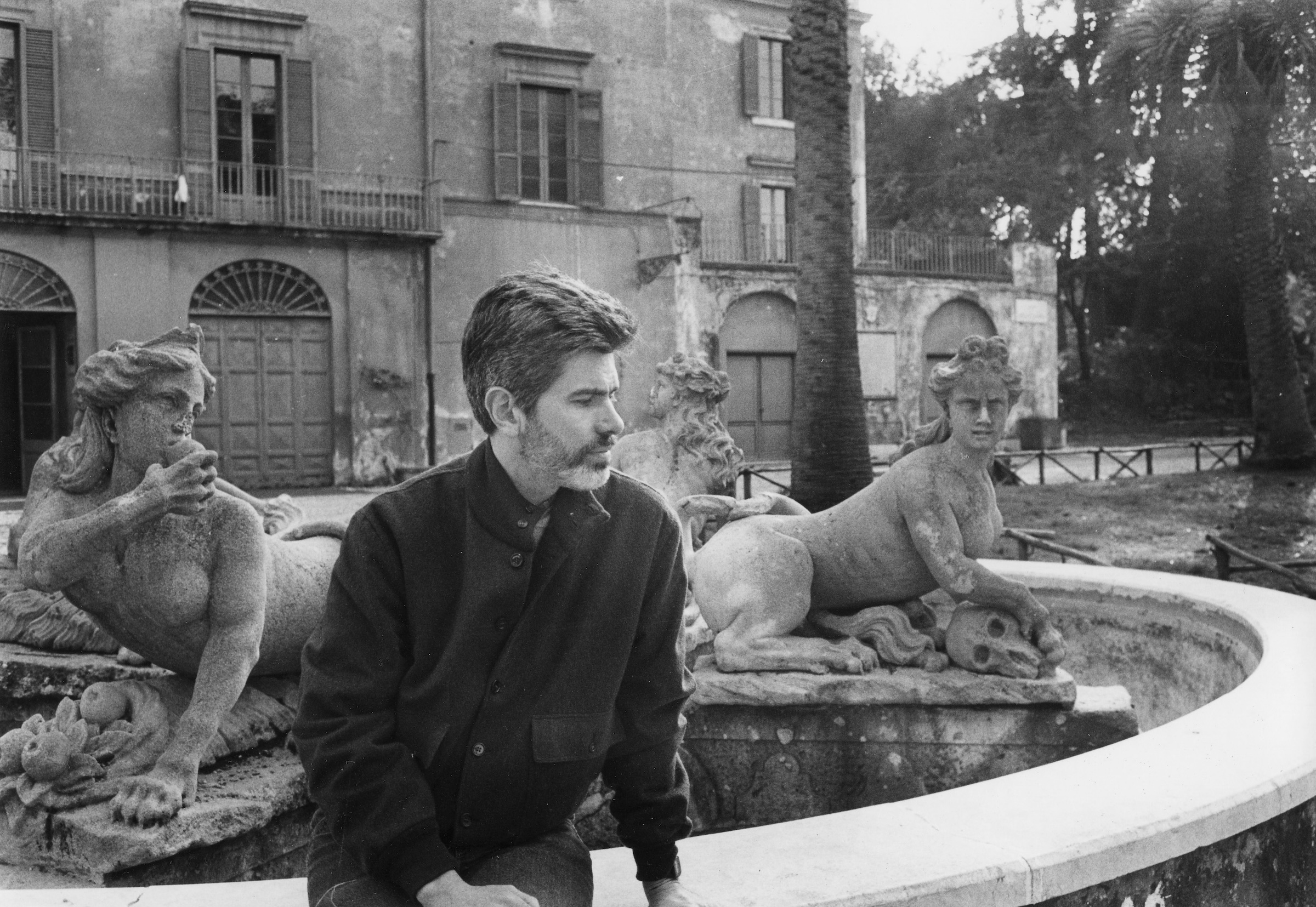Pioneering Conceptual artist Mel Bochner, whose work centering linguistics and mathematics upturned the traditional understanding of visual arts, died at age 84 on Wednesday, February 12. The news of his death was confirmed by Peter Freeman Inc. gallery in New York, which has represented the artist since 2006.
One of three children, Bochner was born to a traditional Jewish family in Pittsburgh, Pennsylvania, in 1940. His father Meyer was a sign painter and his mother Minnie (née Horowitz) was a homemaker. The artist cites his father’s occupation and the time he spent as his apprentice as major influences on his creative pursuits, recalling in a 1994 interview for the Smithsonian’s Archives of American Art that “paints and brushes and drawing and everything were around me all the time.”
Growing up in the Steel City, Bochner had access to a high-quality public school education and was selected among his peers to attend Saturday art classes at the Carnegie Museum of Art from age eight through high school. He pursued an art degree at the Carnegie Institute of Technology (now Carnegie Mellon University), observing in a 2006 interview that the program was caught between Beaux Arts and Bauhaus models at the time. After graduating in 1962, Bochner spent some time in Cape Cod, California, Mexico, Chicago, and back in Pittsburgh before ultimately moving to New York City in 1964 and finding work as a security guard at the Jewish Museum.
Bochner’s stint at the Manhattan institution lasted about a year, as he was fired for famously falling asleep behind a Louise Nevelson sculpture, but his move to the Big Apple was pivotal. He began writing reviews for Arts magazine, started teaching art history at the School of Visual Arts (SVA), and formed a circle with artists including Eva Hesse, Robert Smithson, Sol LeWitt, and Dan Graham.
During his first year at SVA, Bochner was asked to curate the school’s Christmas drawing exhibition, the result of which was the landmark show Working Drawings and Other Visible Things on Paper Not Necessarily Meant to be Viewed as Art (1966), a series of four binders sitting on white pedestals, full of xeroxed drawings from his friends and colleagues, studio notes, and scholarly content from intellectuals across STEM fields. The exhibition has been referred to as a critical foundation for conceptual art.

Throughout the ’60s, Bochner integrated text, numbers, and mathematical or scientific diagrams into his own practice, probing visual art’s relationship with language as a medium rather than a supplemental tool, as well as the limitations, boundaries, flexibility, and permeability of language and its impact on perception. At this time, he also embarked on his Measurements (1968–71) series, calling on the understanding of dimensions, spatial dynamics, and truth of seeing versus knowing. In the ’70s and ’80s, Bochner started rejecting paper and canvas’s traditional four corners, instead his text works and explorations of abstract geometry through sculpture and installation, murals, and custom-built angular canvases that often exceeded four sides.

Bochner is best known for his stenciled, vibrantly colored, sans serif “thesaurus paintings” that fixate on a word and its stream of synonyms — each with their own individual meaning and variation from the origin — connoting language’s simultaneous freedom and instability. In the late aughts, he turned away from representing the complexity of language through expansive word webs and began his iconic “Blah! Blah! Blah!” paintings, telling FAD Magazine in 2020 that the supposedly senseless chatter is “a way of shorthanding a conversation.”
“You know what I’m saying, so ‘blah blah blah,’” Bochner told FAD. “It’s a form of agreement. But it also carries a contradictory and critical meaning – what you are hearing or saying is in fact meaningless, it’s simply ‘blah blah blah.’ It’s about the emptiness, the endlessness and the darkness of the discourse.”
Bochner’s work has been featured in domestic and international solo exhibitions over the last five decades, including major presentations at Carnegie Mellon University in 1985, Yale University Art Gallery in 1995, the National Gallery of Art in 2011, the Jewish Museum in 2014, and most recently the Art Institute of Chicago in 2022.





